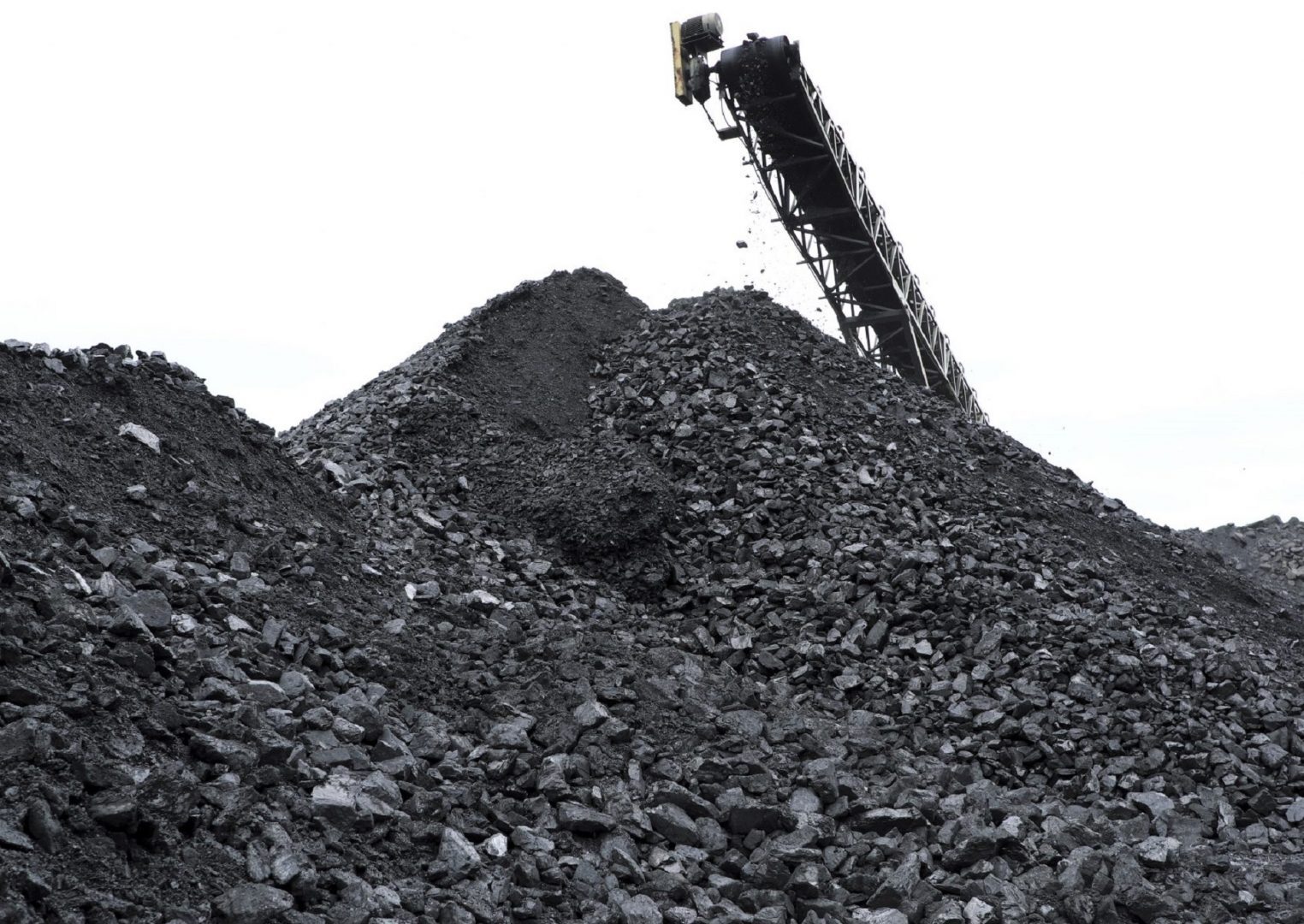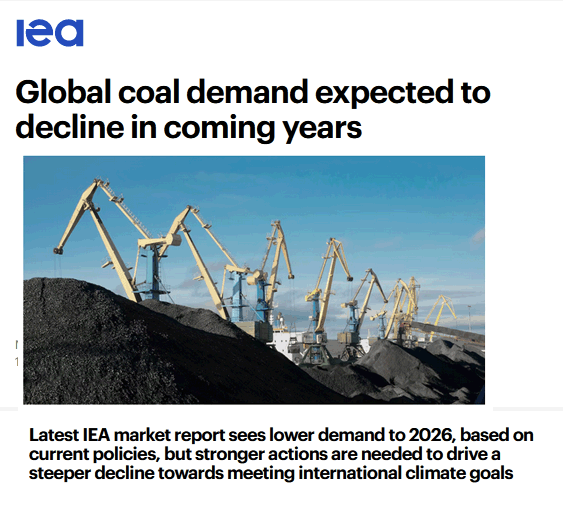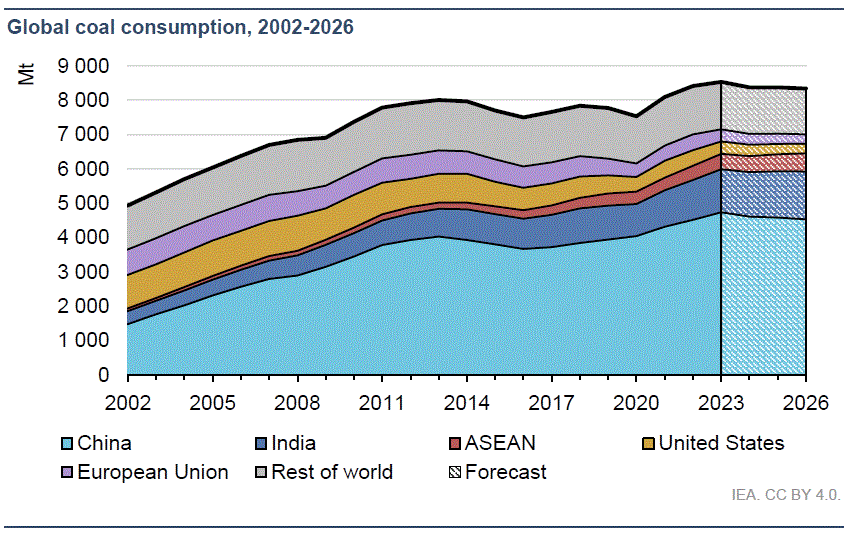So much for the "stranded dead asset". In 2022 the world set a new all-time record for coal use — reaching 8.4 billion tons. In 2023, despite all the Net Zero billions in spending, despite the boom in windmills and solar panels, global demand for coal will top 8.54 billion tons.
The IEA is the "International Energy Agency" — supposedly, the impartial servant of 31 nations worth of taxpayers. Yet they decided to ignore the world record and instead tell us how coal is set to decline. It's what they think the taxpayers need to hear. Their press release:
It's almost as if the IEA works for the renewables industry and their banker investors? Mr Vestas himself could hardly have written a more successful headline to hide the truth and gaslight the taxpayers.
The IEA has been predicting the end of coal for years. Back in 2017 the IEA was telling us China would move away from coal, because by 2025-2030 "solar would be cheaper than coal". Instead, China's burning more coal than ever before and the quarterly reporting season was a bloodbath for the solar and wind industries as projects get cancelled because their costs are rising.
In 2023 China uses more than half of the total coal on the planet — an extraordinary 4.5 billion tons of that 8.5 billion ton total.
The three largest coal producers in the world are China, India and Indonesia which account for a blockbuster 70% of global production. The IEA is convinced coal use will decline any day now, but China's growth rate in coal use was 5% in 2023, and India's was 8%. These are hardly signs of the plateau before the fall.
To put some perspective on the success of the renewables transition in reducing coal — Australia has more solar panels per capita than any other nation, and while global coal use is 8,536 Mt, in 2022 Australian coal use declined by all of 5 Mt. We only had to spend ten billion dollars to achieve that:
Overall coal consumption in Australia declined from 100 Mt in 2021 to 95 Mt in 2022 and is estimated to have continued its decrease over the course of 2023 with a reduction of 4%.Rejoice, global coal use is six one-hundredth of a percent smaller thanks to the Australian Renewable Energy Target and the Safeguard Mechanism emissions market.
In the West the biggest reductions in coal use have come from exporting factories to China, which of course, don't cut global coal use at all. And ponder at just how incredibly fast the transition to coal has been — from the West to the East:
This year, China, India and Southeast Asia are set to account for three-quarters of global consumption, up from only about one-quarter in 1990.
Just one generation ago...






Reader Comments